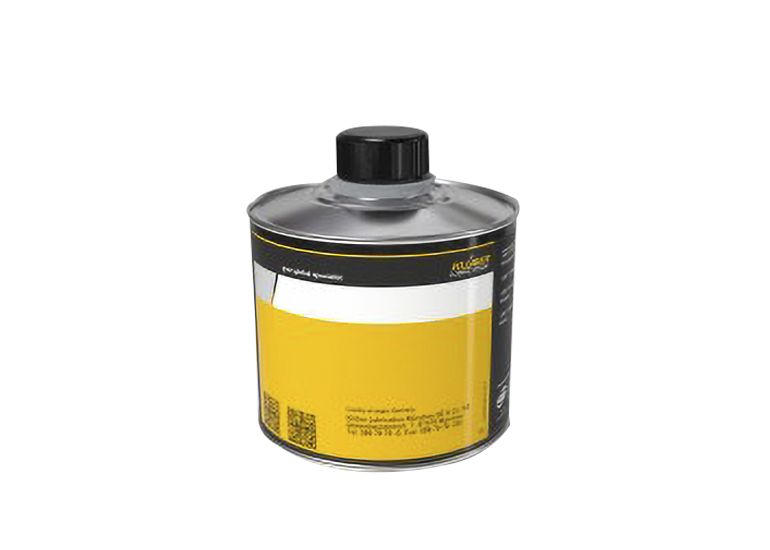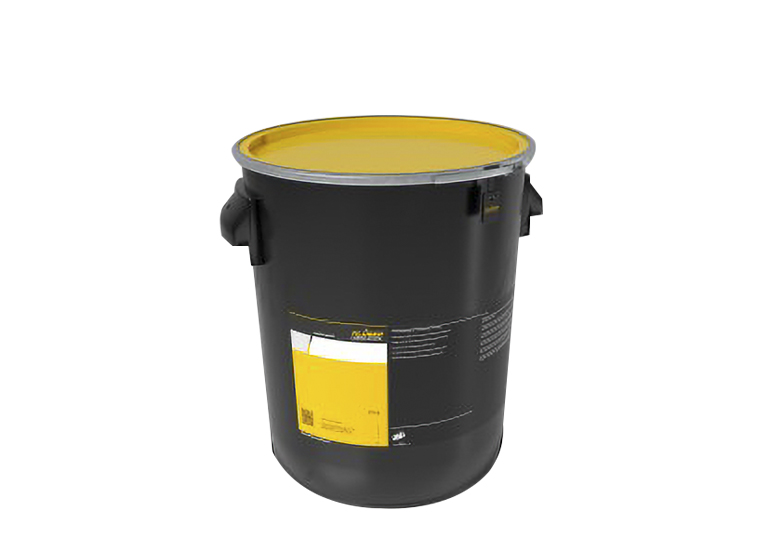- Klüberbeta VR 87-883 offers versatile uses as a design element or assembly aid.
- The product is used as lubricant, sliding and sealing agent e.g. in gas equipment of all categories including the additional fittings contained in them or intended to be fitted in them which can come into contact with fuel gases as defined in EN 377. Such fittings include ball, taper plug and other valves in cooking and heating installations, etc. (in copper and copper alloy material pairings as well as in those of aluminium/brass or aluminium/aluminium) that are used with fuel gases or gas mixtures such as natural or town gas as well as propane and butane as specified in DVGW worksheet G260.
- Furthermore, Klüberbeta VR 87-883 is used wherever improved sliding performance, prevention of stick-slip and a reduction of abrasion and wear are desirable, e.g. in ceramic discs and piston cartouches, valves and fittings in heating applications (e.g. thermostatic valves), plastic valves, also when exposed to cold or hot water or steam up to 130 °C.
- Further possible applications are friction points in the beverage, food-processing, cosmetics, pharmaceutical and animal feed industries, as a pressing-in or removal aid (e.g. for O rings, sleeves, etc.) or as a sliding and sealing agent for ground joints or valves in laboratory apparatus (e.g. in the chemical industry). In pneumatics, the product may be used for the initial and for-life lubrication of cylinders and valves and as an assembly aid e.g. for radial shaft seals or sealing packings, also in combination with cold, warm and hot water or many other chemical substances.
- Klüberbeta VR 87-883 has low or no resistance to most organic solvents as well as strong acidic and alkaline solutions. Resistance to acidic and alkaline solutions with a concentration up to 10 % and a temperature up to 90 °C, however, is good.
- Klüberbeta VR 87-883 is NSF H1 registered and therefore complies with FDA 21 CFR § 178.3570. The use of this lubricant contributes to increased reliability of your production processes. Nevertheless it is recommended to conduct an additional risk analysis, e.g. HACCP.

 TR
TR  EN
EN 

